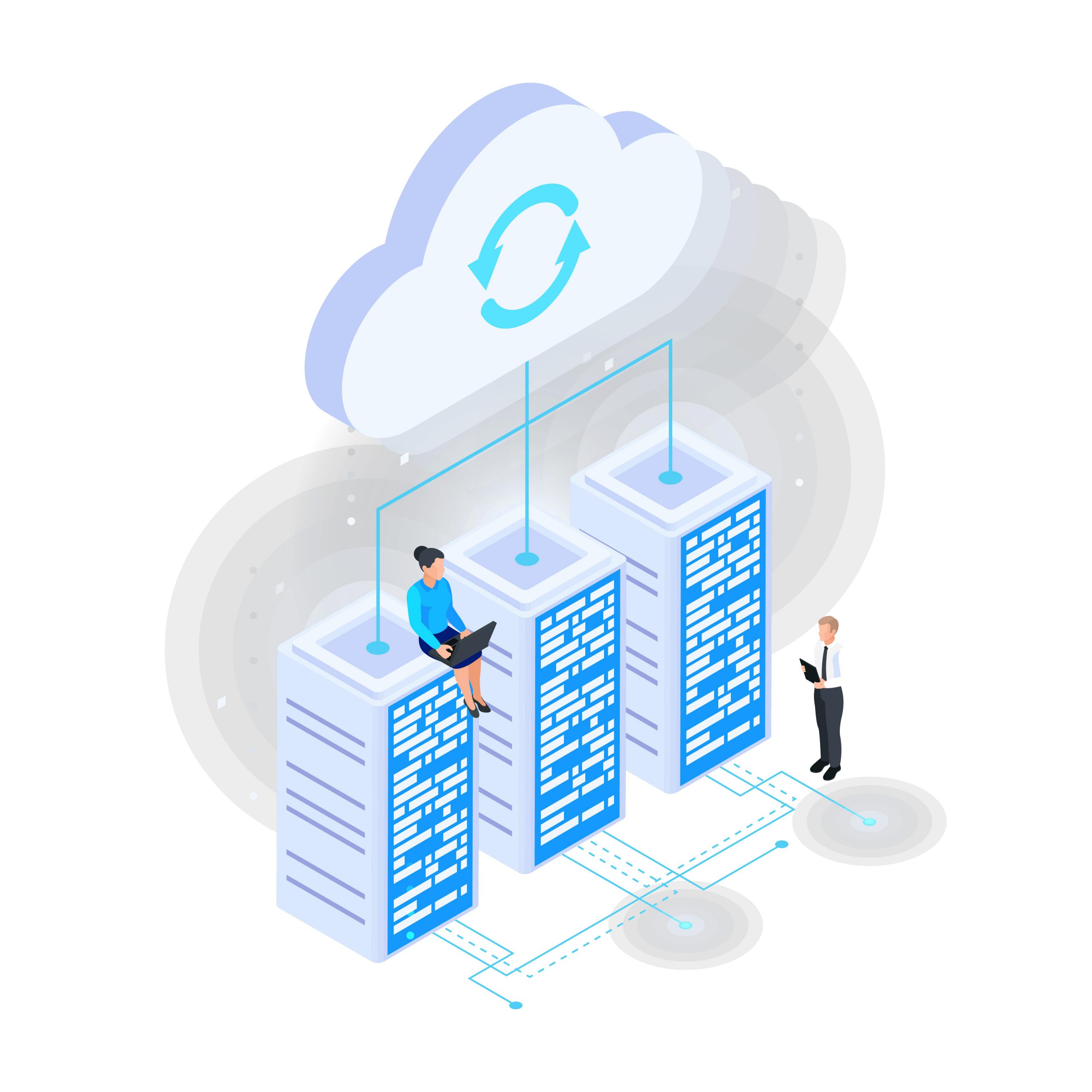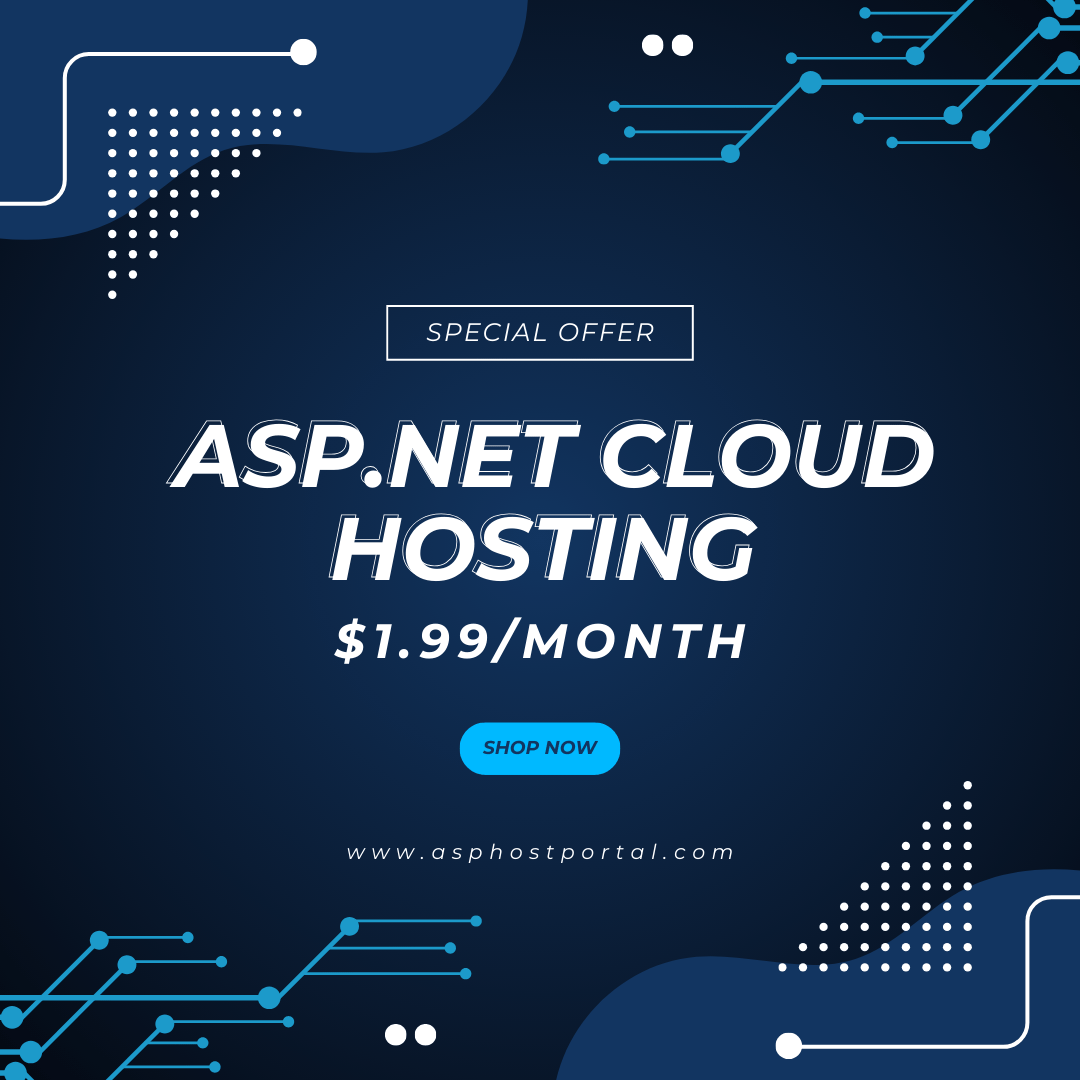Businesses are adopting more open platforms that leverage distributed cloud and edge computing in place of more centralized cloud resources when it comes to cloud computing. The platform-centric approach taken by some cloud providers, which forces users to develop and deploy workloads by using the services of a single cloud provider and building exclusively within its ecosystem, has been shown to have limitations by developers and their IT peers.
These same organizations are also fed up with their current cloud computing bills, which are unpredictable and opaque at best. People frequently wind up paying too much for cloud services they might never utilize. Businesses all over the world are keen to optimize their cloud costs. Their goal is to implement a cloud infrastructure that enables them to pay only for the resources they use, as needed.
Organizations must simultaneously deliver consistently compelling and engaging customer experiences while adapting quickly to the ever-changing needs of their global customer bases. In order to support the compute and storage needs of data-intensive applications and to expand the global reach of their cloud applications to underserved markets, they must be able to scale quickly. Businesses in a variety of sectors are selecting ASPHostPortal’s cloud computing services more frequently in order to satisfy their present and future requirements for an open, adaptable, and reasonably priced cloud infrastructure.
Understanding the Costs of Cloud Hosting
The intricacy of feature sets and pricing structures offered by cloud providers is one factor contributing to increased cloud costs. It is a challenge in and of itself to know precisely what you are being charged for and how the costs can mount up in order to control costs effectively.
Factors Adding to Your Exorbitant Cloud Bill
- Overprovisioning: Providing enough resources on demand to meet the demands of internal teams as well as those of customers is one of the main goals of the cloud. Overprovisioning is frequently involved, which can result in significant cost overruns.
- Mismatch of instance types: If not configured correctly, a mismatch between instance types, storage classes, and the use of specialized services, like GPUs, can result in performance bottlenecks or increased costs.
- Data egress fees: Transferring data between systems and availability zones can be unpredictable in terms of cost, particularly in applications with heavy traffic.
- Licensing fees: If you are unable to bring your own licenses, software licensing fees can add up to significant expenses (BYOL).
- Pay-as-you-go model: Because it provides a low entry point for developing a service that serves users across different locations, this usage-based pricing model is what makes the cloud flexible and alluring. It does, however, necessitate careful cost monitoring.
- Labor costs: You must consider the personnel needed to protect and manage all of your infrastructure. For example, having a committed team becomes crucial when you rework your architecture to save more money or create reliable services using multicloud or hybrid cloud configurations.
- Storage: The expense of preserving your structured and, more importantly, unstructured data can rise dramatically in the absence of a sound archiving and retention plan. Furthermore, there may be extra expenses involved if data is moved to a different provider in order to benefit from discounts for dedicated cloud usage.
Two Frequently Held Myths Regarding Cloud Hosting Prices
Several false presumptions regarding cloud hosting may also result in higher expenses. One of them is that traditional on-premises infrastructure is always more expensive than cloud hosting. This isn’t always accurate. When determining the total cost of ownership, you must take into account all the other factors we mentioned above, even though the advertised price tag of cloud services may seem smaller. On-premises solutions might be more economical in certain circumstances, particularly for workloads with regular and predictable usage patterns.
The idea that cloud providers automatically optimize costs for you is another widespread misconception. Although cloud providers do provide tools and suggestions, it is ultimately the user’s responsibility to optimize costs, and this responsibility grows as your business grows. Costs can quickly get out of control in the absence of budgets, resource tagging, and proactive monitoring.
Methods for Reducing the Cost of Cloud Hosting
You can concentrate on tactics to assist you in lowering costs after you have a clearer grasp of the factors driving up costs. To make greater use of the resources at your disposal, you can optimize your instances and modify them in response to demand and the specific application.
Rightsizing and Resource Allocation
Planning and allocating resources for maximum capacity is one of the best ways to reduce costs. To precisely determine resource requirements, this process begins with the use of monitoring and profiling tools (such as CPU and memory usage profiling). For instance, Tryg was able to save a significant amount of money without facing any performance problems because of dynamic rightsizing.
You can participate in capacity planning at the team level and obtain more precise awareness and control by efficiently coordinating your planning and resources. This entails designating specific cost centers for each team.
Autoscaling and Managing Peak Demand
Companies use the cloud to manage demand fluctuations because workload demand isn’t always constant. Because of this, autoscaling is an essential cost-management strategy, especially in settings with fluctuating workloads. By preventing overprovisioning during off-peak times, autoscaling guarantees optimal resource provisioning during peak demand.
Pay-as-you-go ensures that you only pay for resources when needed by allowing you to increase resources with your autoscaling policies based on metrics like CPU utilization or incoming traffic. However, because there are many configurations to get right—such as creating autoscaling groups, specifying triggers, and fine-tuning scaling policies—implementing autoscaling can be difficult.
Using Reserved and Spot Instances
You can better understand your usage patterns by setting autoscaling and sizing appropriately. This enables you to benefit from pricing models like spot instances and reserved instances (RIs) that can lower your expenses.
With RIs, you can commit to long-term infrastructure projects and receive discounts ranging from 5 to 50 percent, depending on the duration of the agreement. Spot instances are perfect for testing because they use unused capacity and are therefore significantly less expensive.
Refactoring Applications
Rearchitecting an application to fit the cloud model can save money and make it more functional and adaptable if it was moved from a traditional on-premises environment to the cloud. This could entail optimizing data storage techniques, embracing serverless technology, and putting containerization and microservices into practice.
Remember that this approach necessitates a thorough understanding of cloud services and applications, so estimate the cost of the developer resources needed to put it into practice.
Using Instruments for Cost Monitoring and Optimization
There are many companies in the large cost monitoring market that promise to help clients save money. Their tools make it possible to analyze cost data in-depth, find anomalies, and suggest areas for optimization.
You can create a personalized dashboard, set up alert systems, and write scripts to automate money-saving tasks that are triggered in response to data from these tools in order to guarantee continuous monitoring.

Cloud Cost Optimization Is Limited
As the example from 37Signals shows, while these strategies are helpful, there are limits to the amount of savings you can accomplish with them. The benefits of these optimizations start to fade over time. Further optimizations might necessitate hiring more staff members and benchmarking, which would offset any cost savings. Further optimizations result in smaller cost savings but require more work and resources after the initial low-hanging-fruit cost-saving measures are implemented.
Furthermore, cloud providers are free to alter the services they offer and the prices they charge for them as they see fit. This implies that if a service you depend on is discontinued or its price changes, it may have an impact on your meticulous optimization. These are things that are out of your direct control.
Cloud Computing Models
Infrastructure as a Service (IaaS)
The fundamental components of cloud computing are found in Infrastructure as a Service (IaaS), which also offers access to networking capabilities, computers (virtual or on dedicated hardware), and data storage capacity.
IaaS gives you the most flexibility and management control over your IT resources and is most comparable to the resources that are currently in use, which is familiar to many developers and IT departments.
Platform as a Service (PaaS)
Platform as a Service (PaaS) frees up your organization’s resources to concentrate on the deployment and management of your applications by taking care of the underlying infrastructure, which is typically hardware and operating systems. Because you won’t have to worry about hiring resources, capacity planning, patching, software maintenance, or any other undifferentiated heavy lifting involved in running your application, this makes you more efficient.
Software as a Service (SaaS)
Software as a Service (SaaS) offers a finished product that is operated and maintained by the service supplier. When someone talks about Software as a Service, they usually mean end-user apps. With a software as a service (SaaS) offering, your only concern is how to use the specific piece of software; you don’t have to worry about how the service is maintained or how the underlying infrastructure is managed. A web-based email program that allows you to send and receive emails without having to manage feature additions to the email product or maintain the servers and operating systems that the email program is running on is a typical example of a software as a service (SaaS application).
Conclusion
We hope that article above can help you to decide to move your website to cloud hosting. You also learn the benefit using cloud hosting to reduce your website cost. If you’re looking for fast, secure, affordable cloud hosting solution, please visit our site at https://www.asphostportal.com.

Yury Sobolev is Full Stack Software Developer by passion and profession working on Microsoft ASP.NET Core. Also he has hands-on experience on working with Angular, Backbone, React, ASP.NET Core Web API, Restful Web Services, WCF, SQL Server.




